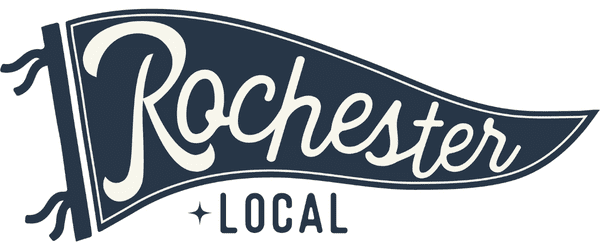
For the last three years or so, I have had running a marathon on my “to do list”. Running became something that I did after I had our first son because it was easy to do, I could just head right out the door. I didn’t have to go the gym to do it and I could go alone, although running with great partners can be a huge motivator! I have run a number of 5Ks as well as a handful of half marathons. But the summer of 2016 was going to be “training camp” for the Twins Cities Marathon.
However, because of an injury, I was told in November of 2015 that my distance running days were done. I could run halves or full marathons but I needed to know that the simple task of walking without pain might be a lovely memory. I had torn my ACL, and the recovery time for a repair was 9-12 months. Rehab without the surgery was 3-4 months. I went with the latter. I knew that I couldn’t NOT workout, be mobile, be active, be the mom I wanted to be with a recovery time of 9-12 months. So, I rehabbed like a boss and this summer, after running sporadically, I knew that my knee, my hamstring and my quad were strong enough to manage. I registered to run the Twin Cities Woman’s 10 Mile Run last month with my best friend and bought new shoes.
Running and walking are among the purest, most natural forms of exercise around. With newfangled innovations like Freon-filled midsoles and pump-it-up tongues, it’s knowing which shoes to buy that seems to require an advanced degree. Choose the wrong athletic shoes and you could end up lying on the couch nursing shin splints or aching heels instead of enjoying a brisk walk or run. While most specialty sport-shoe stores have knowledgeable staff to guide you, you’ll be a few steps ahead of the game armed with some basic knowledge about your feet and their specific needs. Here is some “expert” advice to heed before buying new footwear:
Don’t make shoes multitask.
Walking shoes are stiffer; running shoes are more flexible, with extra cushioning to handle greater impact. If you do both activities, get a pair for each one. In my opinion, cross trainers are a waste of your money and were really made for your grandma!
Know your foot.
Sure, we’ve all got 10 toes and two heels, but beyond that, feet come in a variety of shapes and knowing your foot’s particular quirks is key to selecting the right pair of shoes. Most major brands now offer a model to suit every foot type. One way to determine your foot’s shape is to do a “wet test”, where you wet your foot, step on a piece of brown paper and trace your footprint. Or just look at where your last pair of shoes shows the most wear.
If during the wet test, your footprint shows the entire sole of your foot with little to no curve on the inside or if your shoes show the most wear on the inside edge it means you tend toward overpronation- meaning your feet roll inward. Overpronation can create extra wear on the outside heel and inside forefoot. You’ll want a shoe with a motion-control feature and maximum support. If the footprint shows only a portion of your forefoot and heel with a narrow connection between the two or if your shoes wear out mostly on the outside edge you underpronate (also called supinate), meaning your feet roll outward. Underpronation causes wear on the outer edge of the heel and the little toe. Look for a cushioned shoe with a soft midsole. You have a neutral arch if your footprint has a distinct curve along the inside and your shoes wear out uniformly. Look for a “stability” shoe, which has the right mix of cushioning and support.
Understand that feet change.
Measure your foot frequently. It’s a myth that foot size doesn’t change in adults. It does change as we get older, lose and gain weight, carry babies, etc. Ideally, have your feet measured twice a year. Sizes also vary between brands, so go by what fits, not by what size the shoe is. Shop toward the end of the day. Feet swell over the course of the day; they also expand while you run or walk, so shoes should fit your feet when they’re at their largest.
Compare the bells and whistles.
Some models of running shoes look better suited to a space mission than a run in the park, but some of those groovy-looking features actually serve a purpose. Clear inserts, filled with gel, Freon, or air, provide extra shock absorption, as do those springy-looking things. These features are especially good for people who tend to get heel pain and not so good for people whose ankles twist easily, as shoes with extra cushioning tend to provide less traction.
Don’t over- or under pay.
Good-quality running and walking shoes are fairly pricey and usually worth it. A $15 shoe will not be as good as an $80 shoe. But you’ll pay a premium for super-fashionable styles or those associated with a celebrity and they won’t be any better for your feet.
Know when to replace them.
The average pair of running shoes should be replaced after about 350-400 miles of use. Better yet, go by how your shoes look and feel. Once the back of the sole is worn out or the shoe feels uncomfortable or less supportive, it’s time to take those tootsies shopping again.
When was the last time you bought new running shoes? These favorite accessories are sure to inspire you to get out there and run, I can’t wait for my race!





